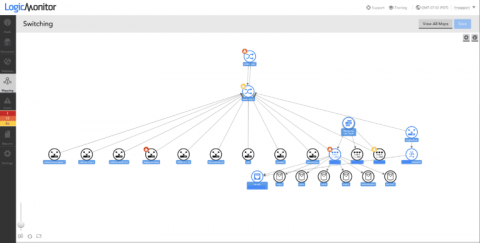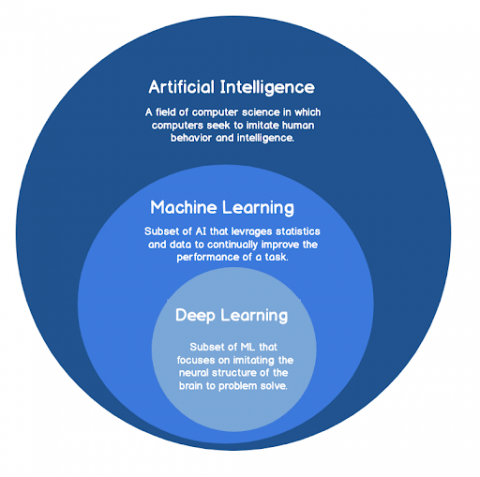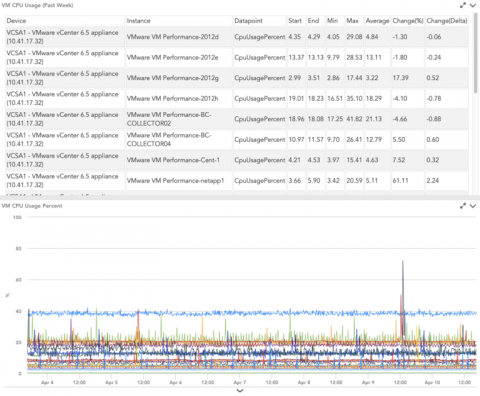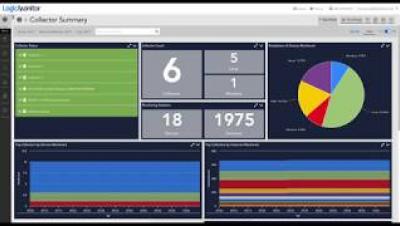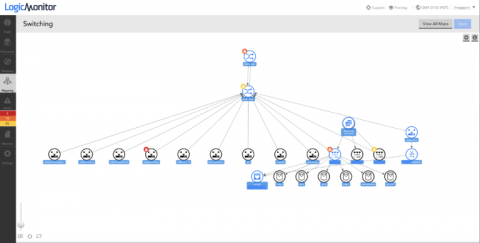Level Up Visibility and Flexibility to Increase (Business) Velocity
With LogicMonitor, users gain visibility into the health of business systems quickly, ensuring food stays at safe temperatures, spinning wheels don’t interrupt your favorite streaming shows, and travel reservations go through in seconds. Here are some innovations we demonstrated and announced that increase visibility:


